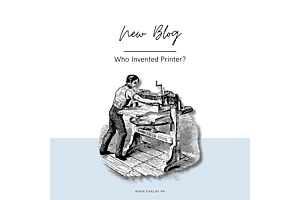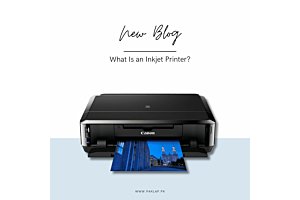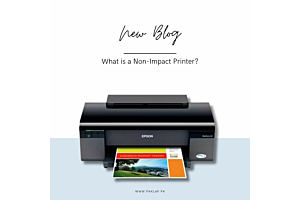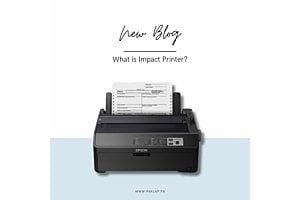What is a 3D Printer?
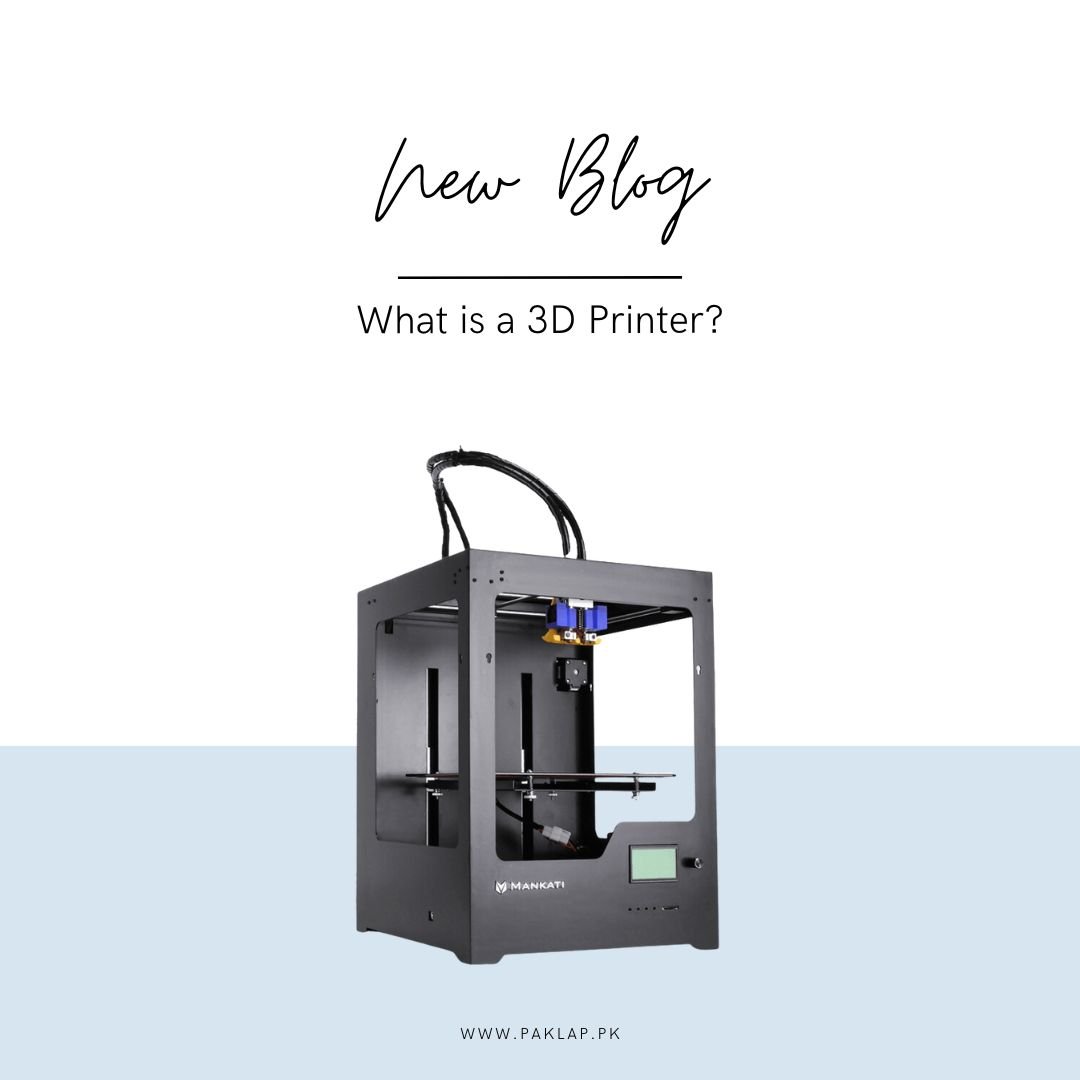
3D printing which is also renowned as additive manufacturing tends to build objects by stacking up the layers of materials that are based on a digital blueprint.
While the traditional methods are known to mold or cut up the material, this is not the case here. Here, you will be adding material to shape up the objects. It is sort of like you are using the bricks of LEGO - and layering them up one by one in order to build something.
From DIY enthusiasts to engineers, 3D printing serves various purposes for every one of them. This started with rapid prototyping in the 1980s and expanded into commercial and industrial realms. Today, you can see it being used for prototyping, creating lightweight objects, and even manufacturing components for industries like automotive and aerospace.
How Long Does It Take to Print in 3D?
So, you must be wondering how long it takes or something to print in 3D. Well, printing in 3D and the duration depends on a couple of factors that we will be mentioning below.
- The type of 3D printing you're using
- How big the thing you're printing is
- What kind of material you're using
- How good you want the final result to look
- And how you've set up the printer
So, printing something can turn out to be pretty quick and you can be done in minutes, or it can take up to a few days depending on the above-mentioned points.
Different Types of 3D Printing
So, there are different types of 3D printing, including:
PBF
In this, an electron beam or laser is used to melt the layers of powder to create the objects. In this, the process that is used includes Direct Metal Laser Sintering (DMLS) for metals and Selective Laser Sintering (SLS) for materials like plastic. These techniques tend to produce parts that are detailed and strong, however, they can have size limits and can also be costly.
Material Jetting
Now, this one is quite similar to inkjet printing, but instead of putting up ink on paper, layers of liquid material are jetted with special printheads. Each layer is allowed to dry off before jetting off the next one. This is great if you need something in colorful parts and with different materials. However, it can be a kind of price. Also, one thing to keep in mind is that the finished product may not be very strong and can be prone to breakage.
VAT Polymerization
VAT photopolymerization, like digital light processing (DLP) and stereolithography (SLA), builds objects layer by layer using light to harden the liquid resin in a container. DLP projects each layer's image onto the resin's surface, while SLA uses a UV source or laser. After printing, excess resin is cleaned off, and the item is strengthened with more light. These methods are great for detailed prototypes but may produce brittle parts and may not hold up well outdoors. Support structures may also be needed and can leave marks that need to be removed.
Sheet Lamination
Sheet lamination includes two methods: ultrasonic additive manufacturing (UAM) and laminated object manufacturing (LOM). UAM joins thin metal sheets with ultrasonic welding, needing low energy and temperature. It works with metals like stainless steel and titanium. LOM layers materials with adhesive alternately to make the final product.
Direct Energy Deposition
In this method, heat is used from sources like lasers or electric arcs to melt up the wire or powder as it is placed. Horizontal layers are made which are stacked vertically to build the parts. This method works for many different materials like metals, plastics, and ceramics.
FDM
In this process, you see a heated nozzle melting up a filament. After this, it is placed up in specific spots to cool down and form a layer. It is also known as material extrusion and is fast and cheap. However, the con of this is that the final product might not be very precise, and extra work might be needed to make it smooth. It's not the best choice for critical uses because it can be weaker in one direction.
Binder Jetting
This involves laying down a thin layer of powder material on a platform and then using a printer to apply drops of adhesive, sticking the particles together to form each layer. For metal parts, additional heating or metal infiltration might be needed. Ceramic or colorful polymer parts can be soaked in adhesive. After printing, some extra steps might be needed to complete the part. This method is useful for making large ceramic molds, colorful prototypes, and metal objects in 3D.
Timeline of 3D Printing
This all goes way back and can be linked to the DIY (Do It Yourself) culture that was happening around amateurs and hobbyists. However, now it is quite clear that it has been expanded to include applications that are commercial as well as industrial, these days engineers tend to use commercial as well as industrial applications. For example, engineers use these to prototype and create lightweight geometrical objects.
Rapid prototyping is the main origin of 3D printing. It was invented in the 1980s, and this was the term that was given to it because the 3D printing at that time was only able to create the prototypes rather than creating the actual production components.
You would find it interesting to know that the technology did not receive much enthusiasm when it was introduced. Hideo Kodama from Japan was the first one who file a patent in 1981 - the patent was for a machine that cured photopolymers by leveraging the use of UV light. After three years, three French inventors by the name of Jean Claude André, Olivier de Witte, and Alain Le Mehaute filed a patent for a similar technology jointly. However, both patents were abandoned by General Electric by stating that the latter lacked notable business potential.
In the year 1984, an American inventor Charles Hull filed a patent for an ‘Apparatus for Production of Three-Dimensional Objects by Stereolithography’. He was the one who created the STL file and also founded the 3D systems in 1987.
In the same decade, we can see significant strides that were made in the US 3D printing space, and the patents then were filed for selective laser sintering also known as SLS and fused deposition modeling (FDM). The two pioneering companies in this space were named Stratasys and Desktop Manufacturing (DTM) Corp.
After this, there was an abrupt transformation in the industry as rapid commercialization took hold. The first 3D printers that were created were quite large and cost-intensive - and their makers were competing to get contracts for industrial prototyping with large-scale automotive, consumer goods, health products, and aerospace manufacturers.
By 1987, 3D Systems had introduced the first commercial-grade SLA printer; in 1992, Stratasys and DTM released the first commercial FDM and SLS printers, respectively. The first metal 3D printer was introduced in 1994 by Electro Optical Systems (EOS), a German enterprise.
And just like that, in the new millennium, all the companies that were in the 3D printing space were competing fiercely for profits. Progress in materials science and the lapse of numerous patents increased the affordability of 3D printing.
Soon, thanks to the strides that were made in the 3D printing space, the manufacturing processes were not exclusively owned by the enterprises which were backed by heavy machinery and capital. Today, 3D printing has transformed into a cutting-edge solution for creating many different types of production components.
